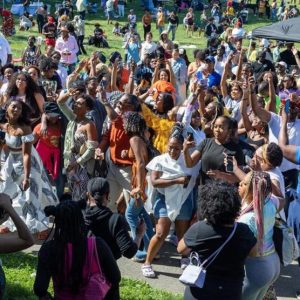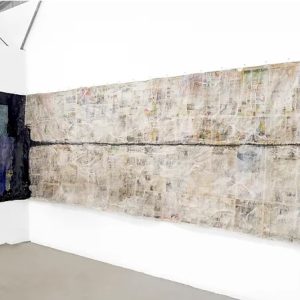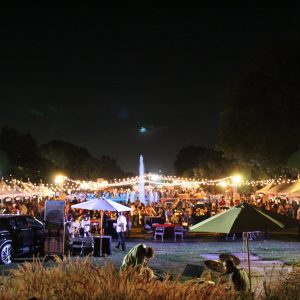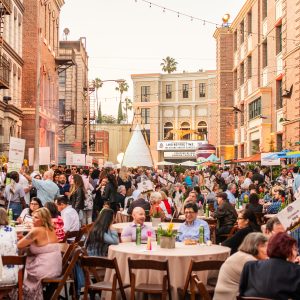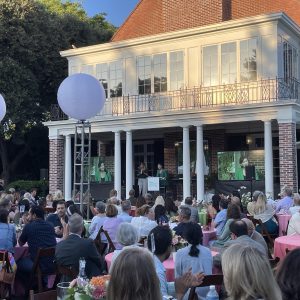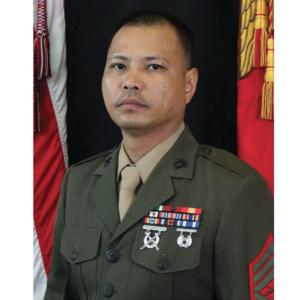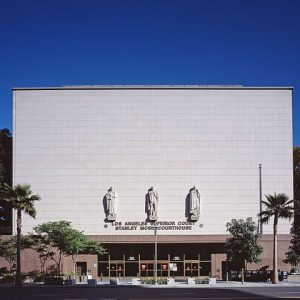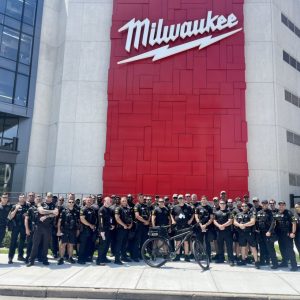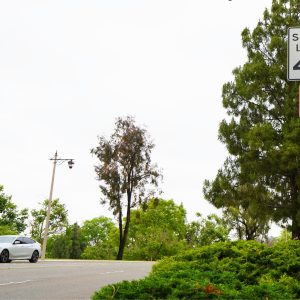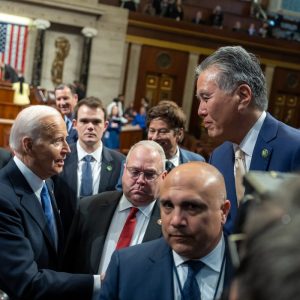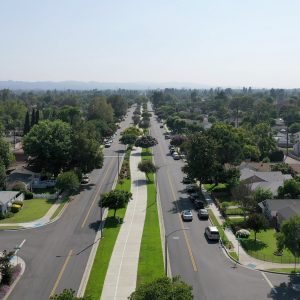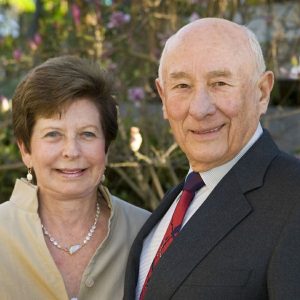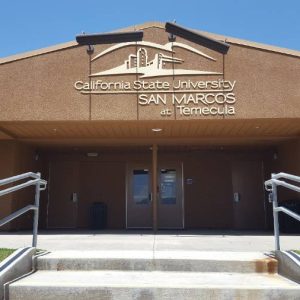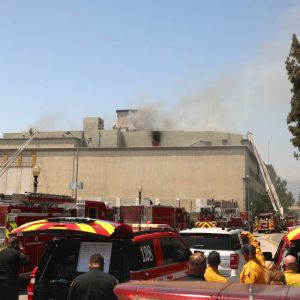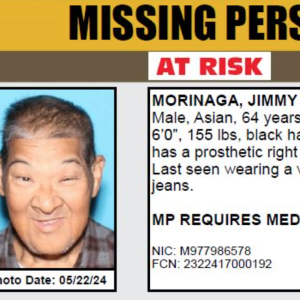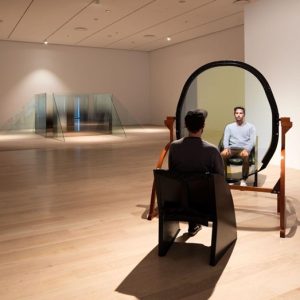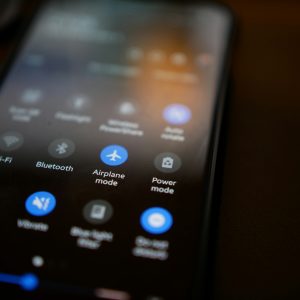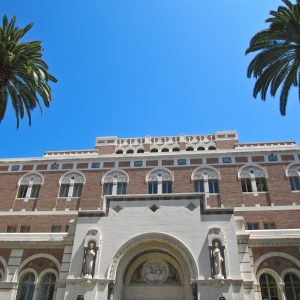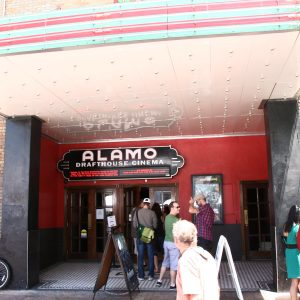 View Winners →
View Winners → Monrovia’s History of Segregation
Art in Public Places to be considered at next Monrovia Council meeting
By Félix Guitiérrez
Detailed plansfor public art landmarks honoring Monrovians Francisco J. Gutiérrez and FélixJ. Gutiérrez, a father and son who wereearly 20th century civil rights advocates and role models, may be considered atnext Tuesday’s City Council meeting.
The Monroviathey lived in was racially diverse, but not integrated. Segregation was enforced. Advocating integration was a challenge.
In 1938 Félixwrote he lived in a “polyglot neighborhood of many paisanos, Negroes, a fewItalians, Jews, Spaniards, Americans and a Japanese family” and “encounteredthe small town segregations imposed upon Mexicans, Negroes and Filipinos.”
In Monrovia thismeant: “In schools by attending ‘their own,’ they could not feel American. In the municipal plunge, a day was reservedfor ‘Mexicans.’ In the theater the right side was reserved for ‘them.’ Certainrestaurants would not cater to ‘Mexicans,’” he wrote in 1942.
Both challengedprejudice to “show what a Mexican can do.” Francisco was a cement contractorand businessman. Félix was a youth organizer and founder of The Mexican Voice,an “inspirational educational youth magazine.”
Francisco’scement work includes the Monroe Memorial, Monrovia plunge and tennis courts,Immaculate Conception Church and School and sidewalks and driveways with his1920s imprint “F.J. GUTIERREZ CONTRACTOR.”
While completingmunicipal plunge work in 1925, Francisco learned swimming would be segregated.So the night before it opened he unlocked the gates with his contractor’s keyfor his sons and friends to swim before others.
In 1938 teenagerFélix and the Monrovia Latin-American Club he organized urged the Monrovia CityCouncil to end segregation in the plunge and movie theaters. A year later TheMexican Voice reported no changes.
FranciscoGutiérrez came to Monrovia in 1905 as a construction foreman for the B.R. DavissonCompany. By the 1920s he headed Frank Gutierrez and Son, one of twoSpanish-surnamed business owners, doing cement projects across Monrovia and theSan Gabriel Valley.
He built a homeon Huntington Drive “south of the tracks,” Monrovia’s segregation line, and wasan integration role model across the city: playing baseball for the Monrovia Merchants,active in the Knights of Columbus and joining Immaculate Conception Church.
Francisco wasborn in 1871 to Félix Gutiérrez and Dolores Cruz Gutiérrez in the original SanGabriel Mission. His father lived in Alta California before the 1846 UnitedStates war declaration that took land and people in 1848. He opened an El Monteblacksmith shop, repairing covered wagons of Yanqui newcomers, some who treatedCalifornios as “strangers in their own land.”
Francisco marriedIsabelle López in 1905. Their son Frank was born in 1908. After Isabelle’s 1914death he wed Mercedes García in 1917. Their son Félix was born in 1918 and shedied in 1924. Frank worked with his father, then the City of Monrovia into the1950s: construction workers spanning 50-plus years. Both lived in Monroviauntil their death: Francisco in 1952 and Frank in 1973.
Félix J.Gutiérrez was born in 1918 and became a nationally-recognized artist,journalist, group worker and civil rights leader.
A popular Monrovia Arcadia Duarte High School student, Félix lettered in varsity track, published cartoons and stories in the Wildcat newspaper, was Monrovian yearbook art editor and one of two 1937 Spanish-surnamed graduates. He rode public transit to Pasadena City College and picked oranges near Monrovia to pay for college, then earned a UCLA bachelor’s degree and did USC graduate work.
The MexicanVoice magazine he founded encouraged readers across the Southwest to developtheir talents, take pride in their Mexican heritage and organize to advance themselvesand their communities. It told stories of overcoming the prejudices in the“Mexican towns” to which many were segregated and reported young women and menadvancing in college, sports, good jobs and World War II service.
In 1942 heco-founded the Mexican-American Movement with the motto “Progress througheducation” and activities across Southern California.
In 1946 hebecame an art and journalism teacher, continuing youth work and civil rightsactivism until dying from colon cancer at 37 in 1955. He was survived by hiswife Rebecca Muñoz Gutiérrez, a teacher he met after publishing her articles inThe Mexican Voice, and three children: Lorraine Margot, Mercedes Gail, andFélix Frank.




